A Method of Training the Body and Mind in the Inner Mysteries of Martial Arts:Story about Keikogi,training uniform.
text by Eric Shahan
This is an excerpt from a book called: 心身修養武術極意胆練法 A Method of Training the Body and Mind in the Inner Mysteries of Martial Arts by Morino Yukio 森野雪男. It was published in 1916 and is the first instruction manual that shows how to make your own Keikogi, training uniform.
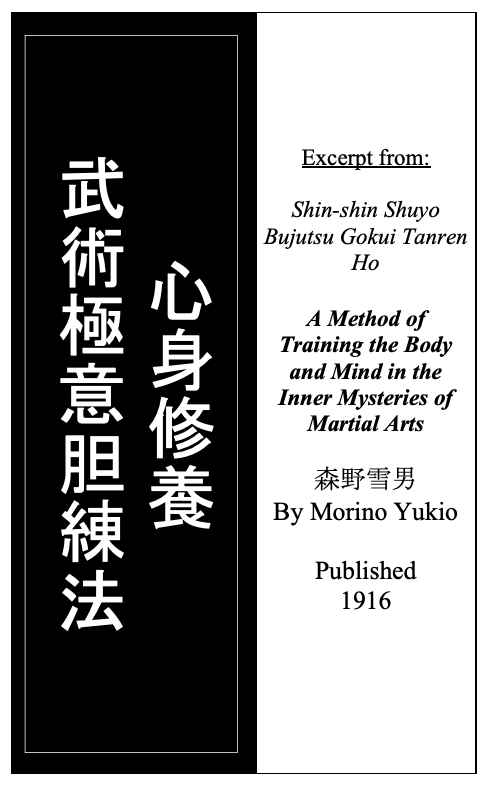
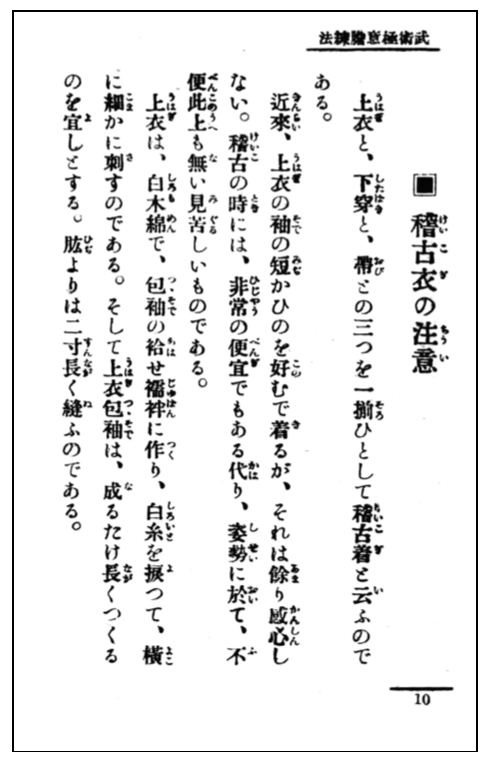 Notes and Cautions Regarding the Keiko-gi, Training Gear
Notes and Cautions Regarding the Keiko-gi, Training Gear
The Keiko-gi consists of three parts the Uwagi (top,) Shita Haki (pants) and the Obi (belt.)
Recently there is a trend towards Keiko-gi with shorter sleeves, however I don’t recommend that type. While they are very convenient for training, they tend to encourage bad posture and makes witnessing such training painful.
The Uwagi should be white cotton short-sleeved shirt sewn on top of a straight-sleeved Juban undershirt. Attach these by sewing horizontal rows of fine stitching with white thread. When making this ensure that the overall length as well as the sleeves are long enough. Sew the sleeves so they extend 2 Sun (6 centimeters) past the elbows.
Every part of the Keiko-gi has a name, see the illustrations on the following pages.
Translator’s note: This excerpt details how a Keiko-gi (now commonly referred to as a “Gi”) should be constructed and the reasoning behind its design. I thought it was interesting how it’s basically two shirts sewn together and even at this stage, instructors had an eye for consistency in training gear


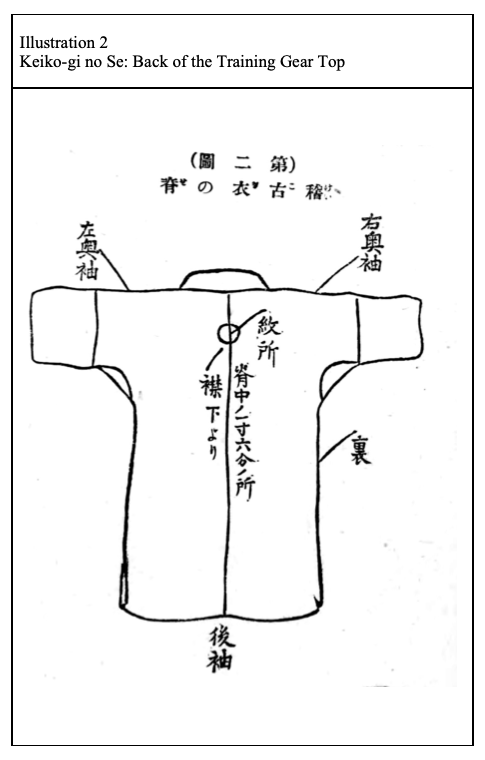
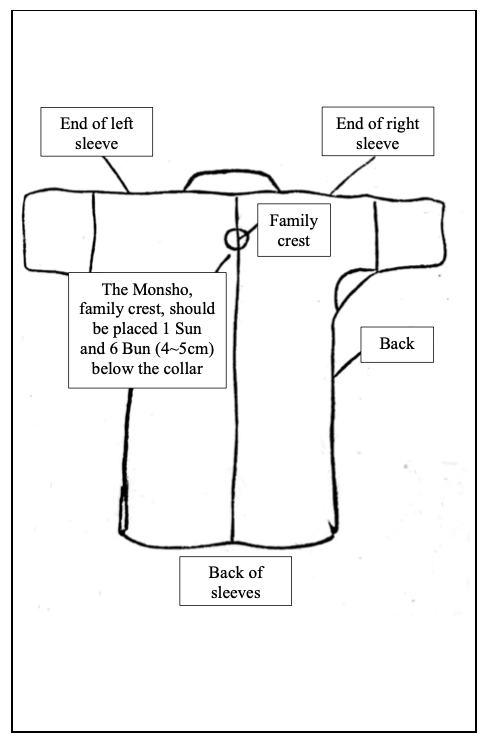

The upper Keiko-gi is as shown on the previous page. Modern Keiko-gi tend to have sleeves that end above the elbows. Well it is probably more correct to say that is the fashion these days. Part of this is a mercantile desire to save money on fabric, however those who train in Jujutsu regularly like the short sleeves because the first four fingers of each hand can easily slide into the sleeve and grip.
Since this is an advantage when applying techniques or defending, short sleeves have become popular. However, there is a significant downside to this fad. While practitioners who have trained extensively can grip anywhere on any type of clothing a beginner will have a great deal of difficulty adapting their grip to different types of clothing
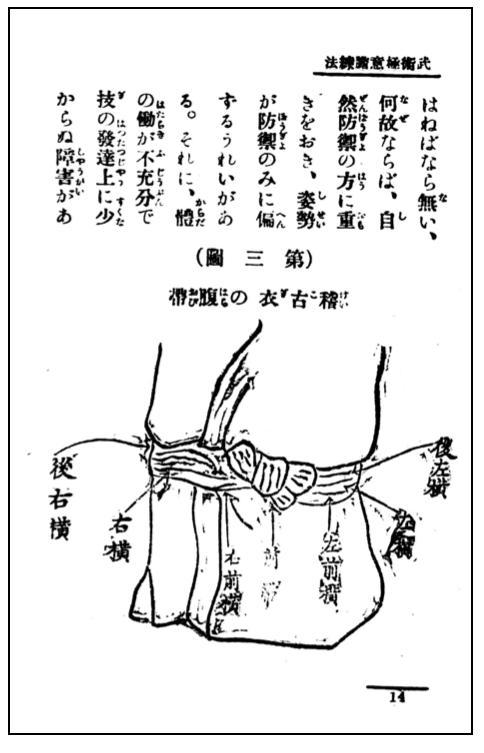

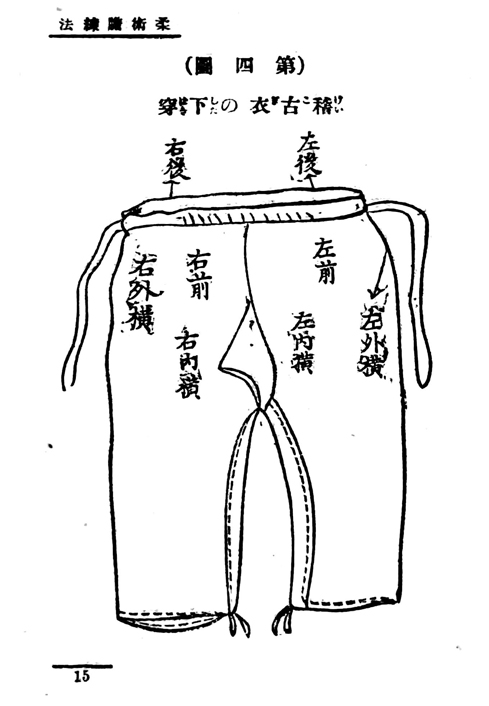
.png)

For Jujutsu it doesn’t matter what clothing an opponent wears, or if he is completely naked. Jujutsu principles are applied in the same way. However, in order for you to learn how to apply Jujutsu against an opponent wearing any sort of clothing you must learn how to apply techniques effectively, therefore your Keiko-gi should be made in a standard fashion.
It is my opinion that even small adjustments should be avoided in favor of a Keiko-gi with long sleeves. The sleeves should extend 2 or 3 Sun (6 ~7 cm) below the elbow, with the sleeve opening large enough to allow a person’s fist to pass through.














